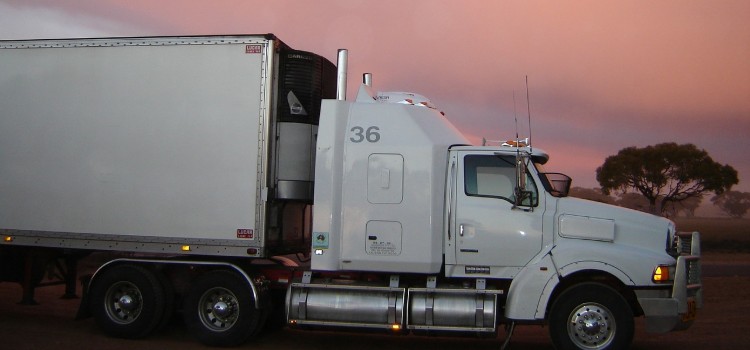.jpg?width=750&name=ham-3130701_1280%20(1).jpg)
All meat imports, whether clearing customs by truck or container, must go through the USDA meat inspection review process before they can be released for consumption.
If a driver bypasses that process, the fines can be triple the value of the load. For an average load worth $30,000 to $50,000, the fines would be between $90,000 and $150,000.
Even though there are many moving pieces and potential disruptions that can occur with international shipping lines, the responsibility for maintaining proper compliance lies with the importer of record with US Customs. If the importer fails to follow the rules and regulations, they could lose their privilege to import. Fines and loss of privileges can be devastating to importers, especially for a publicly traded company. Meat importers can avoid these costly mistakes when they’re educated on best practices.
Failure to Present
One common problem, referred to as failure to present (FTP), happens when the driver reports to customs as planned, but fails to report to USDA. If the driver catches the mistake, they can turn around and head back to USDA to complete the process before going to the shipping destination. But if they don’t catch the mistake and the USDA reporting is missed completely, then the importer could face heavy penalties.
This is a tough situation for shippers because even though they have a thorough understanding of the rules and processes for importing and delivering meat, without the technology that tracks the movement of the shipment through the entire journey, they’re at the mercy of their carrier and the truck driver hauling that load. Still, it’s the responsibility of the importer to ensure that they know the proper practices, have the right instructions, and follow them.

Clearing Meat Shipments from Canada Through US Customs
Meat importers must remain in compliance with specific requirements when moving meat from Canada into the United States. Two required forms are the foreign inspection certificate and the 9540.
At each facility that the load goes through, the goods are inspected and the certificate (foreign inspection certificate) issued by the Canadian Food Inspection Agency (CFIA) is signed. The 9540 form is a further breakdown of each of the items on the foreign inspection certificate. The labeling of products destined to the U.S. must meet USDA's labeling requirements and the foreign inspection certificate wording must match the meat label exactly, or the certificate is void.
If you import meat, your freight forwarder should help prevent noncompliance issues by sending you a pre-enter on every shipment, which includes these two forms. The carrier can then expedite the process by printing the documents and having them ready for the inspector.
This practice speeds up the process of getting meat shipments to their destination. When there’s no pre-enter, the forms aren’t filled out correctly, or there’s a problem with transmission of the documents, the importer’s goods may take between 30 minutes and two hours longer to get through USDA inspections and customs. Without the proper processes in place, shipments could be delayed or flat out refused.
FSIS Encourages Automated Commercial Environment Use
The Food Safety Inspection Service (FSIS) is the division of the USDA that monitors meat imports. They recommend using the US Automated Commercial Environment (ACE), which is an electronic portal that allows for traceability and statistical reporting that helps importers understand and solve problems with their import processes. Electronic transmission of crucial information and forms necessary for meat importation leaves less room for error, so using the ACE is to the importer’s benefit.
Notification systems within the ACE track individual loads and can tell a shipper exactly where the product is in the shipping process. The importer’s dashboard indicates:
-
The location of each load
-
Whether it has passed inspection
-
Whether the shipment has cleared customs
-
Whether the shipment is in compliance with other government agencies that regulate it, such as the USDA
Currently, the only missing information in the ACE tracking dashboard is when the product is tested or sampled.
The system notifies the shipper when the load clears each checkpoint. When things work correctly, your forwarder can use the information ACE generates to determine how much time has passed between clearing customs and clearing USDA. This is important because meat is a perishable good. If there’s any indication that your shipment might get held up at the border, causing the receiver to reject the product because it’s too close to the sell by date, information from the ACE system can help identify that possibility ahead of time.
ACE usage is not mandated, but it is beneficial. Not all brokers use the system, but it’s something to consider when deciding which broker you choose to move your meat.
High-volume importers moving hundreds of truckloads or containers of meat each month face challenges with transparency in transit. Technology can help visualize shipments and overcome challenges. Importers must understand the tracking capabilities, as well as their shipping responsibilities, so they know how to optimize the latest technology to help them avoid penalties.

.jpg?width=300&name=ham-3130701_1280%20(1).jpg)
